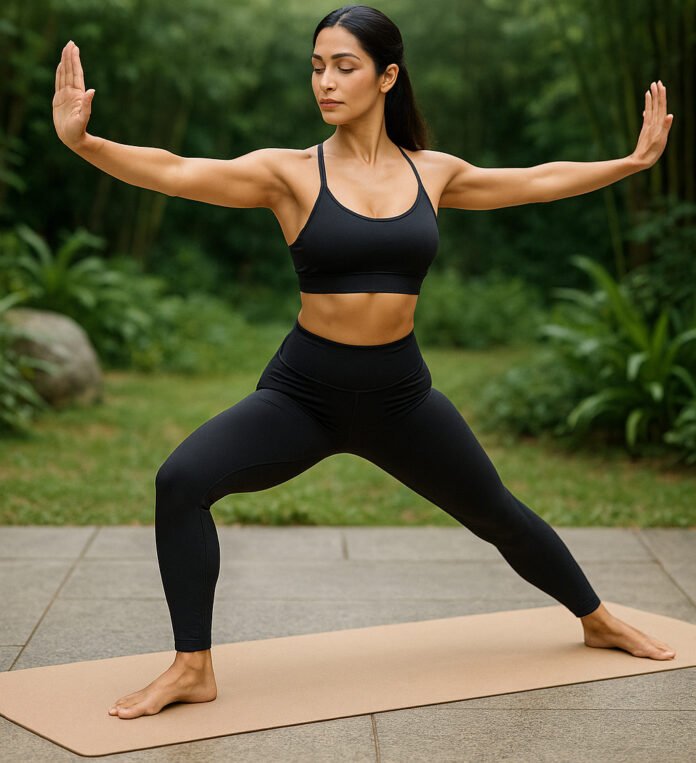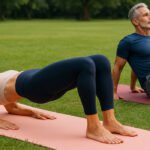Chinese movement therapies such as Qigong, Tai Chi and traditional flow drills have long been praised for their gentle yet powerful effects on the body. A modern two-minute routine composed of seven Chinese movements has recently gained attention for its ability to reduce stiffness, aid lymphatic flow and unlock flexibility. These movements have also been endorsed by a popular fitness personality who credits them for improving overall body balance and vitality.
1. Neck Rolls and Shoulder Openers
These slow circular motions gently stretch neck muscles and relieve tension in the shoulder girdle. The benefits include improved posture, reduced neck stiffness and enhanced circulation in the upper body.
2. Spinal Twists (Gentle Rotation)
Controlled rotation from the waist helps mobilise the vertebrae and spinal discs. It eases tension in the back and encourages smoother motion throughout the spine.
3. Arm Circles and Shoulder Lifts
Raising and rotating the arms opens the chest, expands the thoracic cage and improves lung capacity. These movements promote blood flow to the shoulders and upper arms and reduce tightness in the chest.
4. Torso Bends and Side Stretches
Bending sideways and stretching the core lengthens oblique and intercostal muscles. This improves lateral flexibility, relieves tension in the waist and supports better breathing mechanics.
5. Hip Circles and Pelvic Tilts
Gentle circular motion of the hips and pelvis loosens the lower spine and gluteal muscles. These exercises support spinal alignment and relieve stiffness in the hips and lower back.
6. Leg Stretches and Kicks
Controlled extensions and light kicks engage the hamstrings, quadriceps and calves. They increase lower-body circulation and promote strength and flexibility in the legs.
7. Full-Body Flow Integration
A smooth sequence combining all the above movements encourages energy and blood flow throughout the body. This helps release tension, strengthen body awareness and promote deep relaxation.
Why It Works: The Physiological Benefits
Lymphatic and Circulatory Support
Gentle motion stimulates lymph vessels and veins, helping the body remove waste and reduce fluid retention.
Neural Reset and Stress Relief
Slow, mindful movements activate the parasympathetic nervous system, easing stress and calming the mind.
Joint Lubrication and Mobility
Mild, repetitive motion enhances the distribution of synovial fluid, keeping joints supple and resilient.
Postural and Core Stability
Torso and hip involvement strengthens stabilising muscles and promotes long-term posture correction.
Digestive and Organ Function
Twisting and bending movements can gently stimulate internal organs, improving digestion and metabolic function.
Tips for Safe and Effective Practice
Perform these movements barefoot or on a stable mat to ensure balance. Move slowly and deliberately, breathing deeply to match each motion. Practising daily for even two minutes can produce noticeable benefits over time.
Those with injuries or medical conditions should consult a doctor before starting. Always move within a pain-free range and prioritise comfort over intensity.
A Holistic Path to Wellness
While the seven Chinese movements are not a substitute for vigorous exercise, they offer a holistic way to enhance mobility, circulation and mindfulness. Practised consistently, they can serve as an excellent complement to other forms of fitness, helping the body stay energised, balanced and at ease.






















